Content:
Strawberry is a berry that grows in almost every Russian vegetable garden: no summer season can do without its sweet large fruits. The cultivation of this berry culture begins with planting seedlings of bushes. Correctly carried out planting of bushes ensures their high yield, while the taste and market characteristics of the fruits grow at the same time. The most important nuance of planting strawberries is considered a competent choice of location.
The most suitable conditions for growing strawberries
This plant is relatively unpretentious, but in order to get large yields of tasty sweet fruits from strawberry bushes, when planting, you need to take into account the culture's requirements for growing conditions.
- The landing dates should correspond to the region of the country: in areas with a warm climate, this event is held in the spring, with a cold one - from mid-summer to early autumn. The soil must be warmed up to at least + 8 ° C.
- The landing site should be open and well lit during the day. When planting varieties with small fruits, partial shade is allowed.
- The groundwater level should be no higher than 1 m from the ground surface.
- The optimum soil acidity is 5.5 ... 6.5.
- Strawberries respond well to soil fertility, in the first 2 years after planting they like the introduction of organic fertilizers.
In addition to the above rules, when planting strawberry seedlings, the rules of crop rotation are taken into account.
What is green manure and crop rotation
Crop rotation is the annual change of crops growing in a garden bed, which is considered an integral part of farming. Correctly carried out crop rotation contributes to an increase in soil fertility, and, as a result, an improvement in the yield of vegetables and berries. Correct crop rotation also reduces the risk of contamination of crops by pests and diseases remaining in the soil.
Most of the strawberry roots lie close to the surface of the soil (about 25 cm), therefore the previous and subsequent crops must have a root system that consumes nutrients from the lower layers of the earth. In this case, the consumption of macro- and microelements will be rational.
The most preferred precursors for strawberries are green manures - green crops that saturate impoverished soils with all the necessary nutrients.
These include:
- lupine;
- mustard;
- phacelia;
- Vick, etc.
In addition to increasing fertility, green manures loosen the soil structure: after cutting the stems and burying them in the surface layer of the earth, the roots remain in the soil and decompose. This ensures good air permeability of the soil. Because of the positive effect on the composition and structure of the earth, green manure is also called natural green fertilizer.
After what garden crops can and cannot be planted strawberries
For a good return, strawberry bushes need to be divided and transplanted every 4 years, so gardeners often look for a place in the country to plant and transplant these plants. Then plant the strawberries? Not all garden beds can be suitable for this berry crop.In order for it to take root well and bear fruit quickly, when planting it, it is important to know which predecessors are considered good, neutral and prohibited. The main ones are shown in the table below.
Table 1 - Strawberry precursors when planting
| Precursor culture | Criterion | Planting strawberries as a follow-up crop |
|---|---|---|
| Potatoes | It is impossible | Strawberries are usually not planted after potatoes for a number of reasons. First, both of these crops can be affected by late blight. Secondly, they have a common malicious pest, which is extremely difficult to get rid of - a wireworm. Third, potatoes consume most of the nutrients needed by strawberries from the soil. After all the nightshades, it is planted only after 2 years. |
| Garlic | Can | Garlic is considered one of the best predecessors of strawberries - after its digging, the soil remains clean, disinfected due to the release of phytoncides into the soil. Garlic does not take up nutrients important for its cultivation, so after it the soil remains fertile. |
| Mustard | Can | Mustard is used as a green fertilizer before planting strawberries. This green manure can be planted even during the autumn preparation of the soil - it tolerates short-term frosts and low temperatures, therefore it does not die before the mowing period. Mustard perfectly enriches the soil composition with organic matter. |
| Bow | Can | Can strawberries be planted after onions? Onions, like garlic, are considered an excellent predecessor: they do not have common pests and diseases with the berry. It is recommended to plant a crop in the fall after early ripening varieties of onions. |
| Zucchini | It is impossible | Zucchini belongs to the varieties of melons, after which the planting of berry bushes is highly discouraged. Zucchini during their life cycle deplete the soil and consume nitrogen in large quantities. In this regard, in the planted strawberry bushes, after such a predecessor, there is a slowdown in development and a stop in growth. |
| Cabbage | Acceptable | Cabbage is a neutral precursor. The positive side of such a crop rotation is that these crops do not have common diseases and pests. But there is also one significant disadvantage of such a previous crop - the vegetable during the garden season takes up a huge amount of micro- and macroelements necessary to feed the berry, therefore, after harvesting, you need to sow green manure or apply complex fertilizers to the soil. |
| Cucumber | It is impossible | Cucumber, like other melons and gourds, is not a good predecessor for the strawberry bush: both plants are affected by Fusarium, in addition, the nutrition of cucumbers involves the absorption of large amounts of nitrogen, which is why the seedlings planted after them grow poorly. |
| A tomato | It is impossible | Planting strawberries in the beds on which tomatoes were previously cultivated is undesirable. Tomatoes acidify the soil during their life cycle, and strawberries do not tolerate the increased acidity of the soil. In addition, these two crops have a common disease - late blight, which persists in the soil and infects the subsequent crop in the new season. |
| Carrot | Acceptable | This predecessor is good in that it does not have any common diseases and pests with strawberries, after which the soil remains loose in structure. The planting site for these crops is also the same - sunny, open. One disadvantage of such a crop rotation is the depletion of the soil after carrots, therefore, it is recommended to fertilize the soil before planting the bushes. If the carrots are grown on the same bed with side crops, then the land will be fertile and no fertilization is needed. |
| Radish | Can | This crop is one of the best predecessors: common diseases, no pests, preferences for the location of the planting site are the same, soil depletion is not observed, since radish is an early-ripening vegetable. |
| Peas | Can | Legumes are among the best predecessors: they enrich the soil with nitrogen, and when they are harvested in summer, there is a lot of time left to prepare a bed for strawberries. |
| Beet | Acceptable | Beets can be called neutral strawberry precursors. However, before planting the follower of the garden bed after the beets, it is necessary to fill well with fertilizers. |
What to plant after strawberries next year
After digging up the bushes, gardeners often think about what to plant after the strawberries. Here, subsequent cultures can be roughly divided into prohibited and well-growing.
Strawberries can stay in one place for up to 4 years, and in some cases up to 7, but during this time it draws out almost all nutrients from the upper layers of the soil. In this regard, the yield of followers - melons (watermelons, zucchini, pumpkins and others), the roots of which also lie in the upper soil layers, decreases significantly. Crops of the Rosaceae family are categorically not recommended to be planted after strawberries. Solanaceous crops are not grown after it.
On spent strawberry beds, green manures and legumes (peas, beans) are most often sown, which will restore the balance of nutrients in the soil. You can also plant flower bulbous plants, the planting timing of which coincides with the timing of the transplant of berry bushes.
Certain varieties of vegetables can be grown the next year after the strawberry bushes are eliminated. From garden vegetables on old berry rows grow well:
- carrot;
- greens;
- onions, garlic (while cleaning the soil);
- leafy vegetables (lettuce, chard).
From the second year, the possibility of planting garden crops is expanding. And in subsequent years, all restrictions are removed.
The correct selection of a planting site, taking into account the recommendations of crop rotation, will allow you to grow healthy bushes that give a high yield of tasty, juicy, large berries.
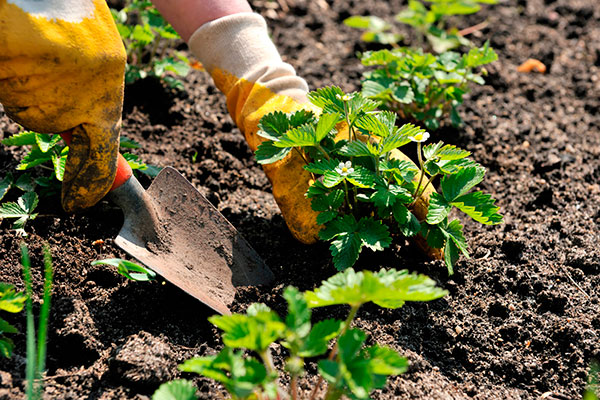
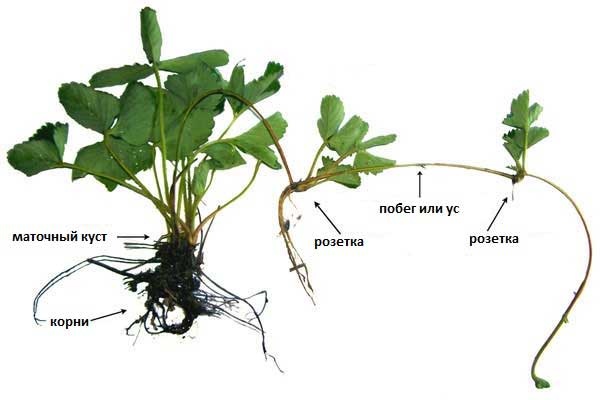

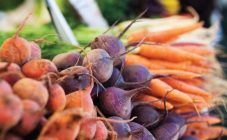
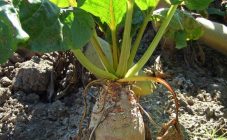
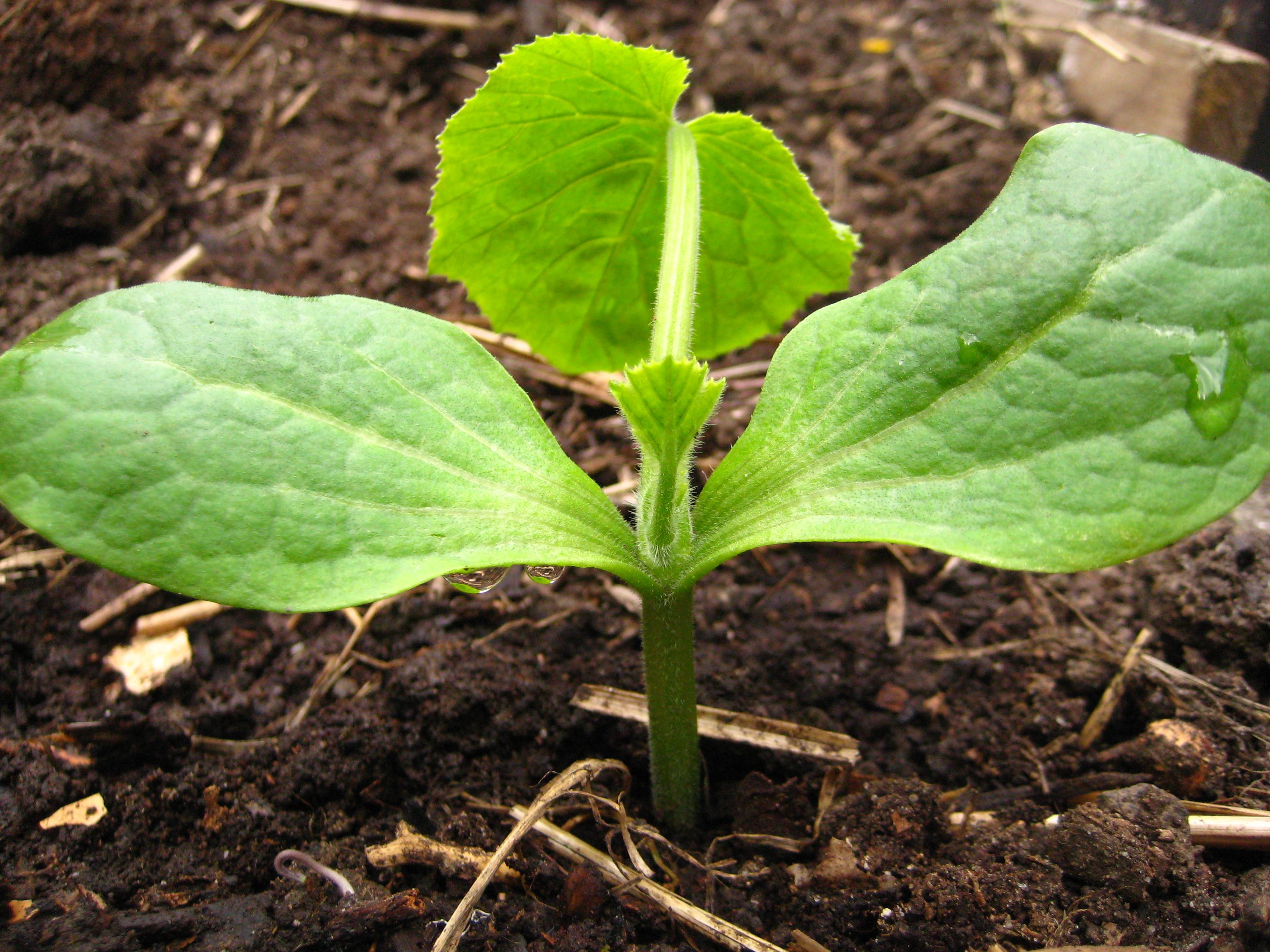
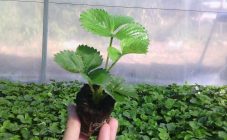







We love strawberries! But somehow I can't grow it. Now it seems I understand that I planted it earlier than necessary. Next season I will try to correct my mistakes.
I agree that cucumber and potatoes greatly reduce the nutritional value of the soil. Strawberries are a sinner themselves. After it, the land requires intensive care. I like to plant after the beds with carrots and onions, as advised in the article.
Yes, the more I live, the more clearly I am convinced of the folk wisdom: "live and learn." I have been doing garden work for 30 years and have never thought about the fact that previous or subsequent crops affect the yield and survival. Got a lot of useful and necessary information from the article, I will use it. Thank you very much!
This year I transplanted strawberries from a garden to another garden. She has been there for more than 4 years, has begun to bear fruit poorly. I swapped strawberries for a patch of garlic and onions. Let's see what happens.
I transplant strawberries in parts, that is, a piece every year, so that the strawberry harvest is constant. I choose the place after onions with carrots or peas with beans. And in the old place I plant oats as green manure, it is the cheapest on the market.
I sowed siderates after strawberries.I kept it for 5 years, did not become more. The fruits became smaller every year, I decided to plant them in a new place, just in place after the carrots and plant them.
Well, now it's clear what the problem is with my strawberries! Once my grandmother said that strawberries grow well after zucchini, so last year I planted zucchini and cabbage in place! And it was these bushes that gave 1 berry each! And in place of garlic - they collected buckets!